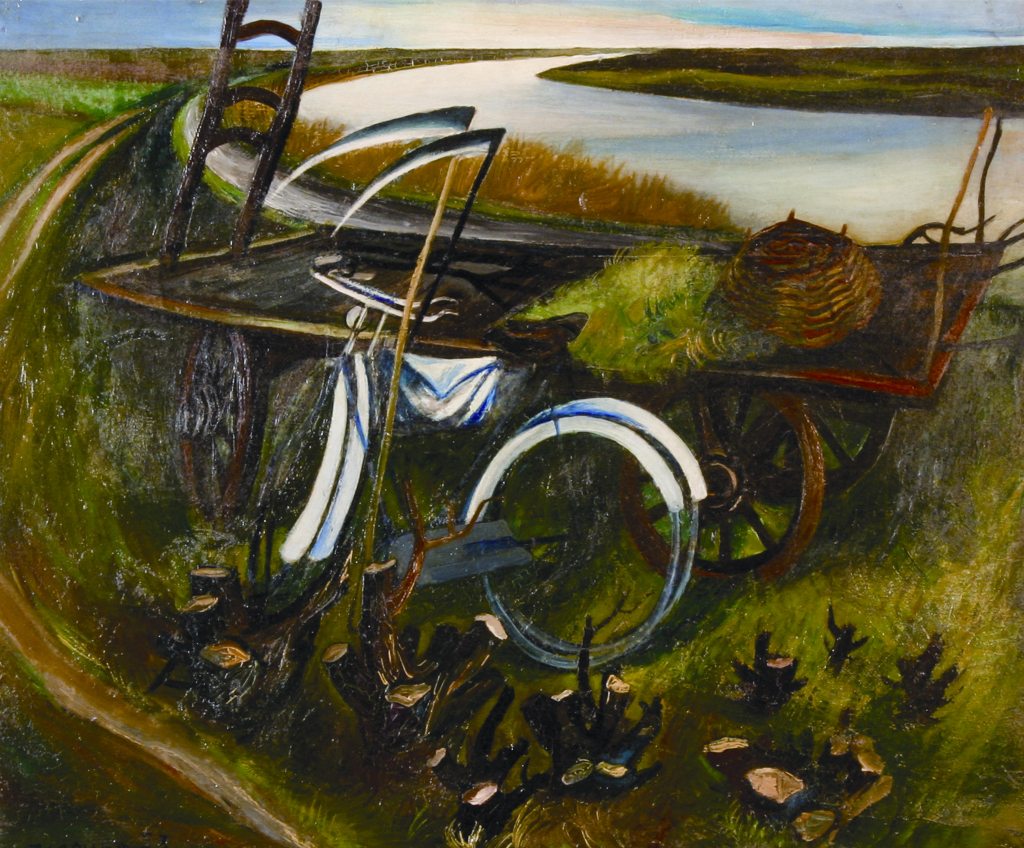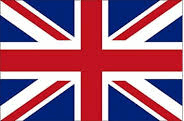GIUSEPPE ZIGAINA
Giuseppe Zigaina nasce in Friuli nel 1924. E’ uno dei più importanti pittori italiani del ‘900.Nel 1934 entra nel collegio di Tolmin in Slovenia e vi rimane fino al 1943.Nel 1946 incontra Pasolini e ne scaturisce un profondo legame umano ed artistico. Nel 1949 espone a Roma e nello stesso anno realizza 13 disegni per una raccolta di poesie per Pasolini.Nel 1953 dirige un lungometraggio. Nel 1957 Pasolini scrive per lui il poemetto Quadri Friulani, da allora al 2001 seguono varie pubblicazioni ed opere.Dal 1948 al 1998 si susseguono numerosi premi per la cultura.
 ATTREZZI DI CAMPAGNA
ATTREZZI DI CAMPAGNA
1953 - olio su tavola, cm 49.5x59
L’autore è tra gli artisti, membri del partito comunista, che aderirono al neorealismo di Guttuso.Il dipinto è una natura morta ma in esso c’è un abbandono intimistico insolito nelle opere neorealiste in cui vengono imposte oggettive finalità sociali.Nella calligrafia curva ellittica dai toni freddi dello sfondo e nel motivo dell’albero tronco, figura metaforica, si scorgono accenni di “espressionismo cromatico”.
Scheda Catalogo
 Giuseppe Zigaina - Was born in Friuli in 1924. He is one of the most important italian painters of the twentieth century. In 1934 he entered the college of Tolmin in Slovenia and he remains there until 1943. In 1946 he meets Pasolini springs from a deep human connection and artistic. In 1949 he exhibited in Rome and in the same year he made thirteen designs for a collection of poems by Pasolini. In 1953 he directed a feature film. In 1957 Pasolini wrote the poem “Friulian Paintings” for him, since 2001 following various publications and works. From 1948 to 1998 you will find numerous awards for culture.
Giuseppe Zigaina - Was born in Friuli in 1924. He is one of the most important italian painters of the twentieth century. In 1934 he entered the college of Tolmin in Slovenia and he remains there until 1943. In 1946 he meets Pasolini springs from a deep human connection and artistic. In 1949 he exhibited in Rome and in the same year he made thirteen designs for a collection of poems by Pasolini. In 1953 he directed a feature film. In 1957 Pasolini wrote the poem “Friulian Paintings” for him, since 2001 following various publications and works. From 1948 to 1998 you will find numerous awards for culture.
TOOLS CAMPAIGN - 1953 - It’s an oil on board, cm 49.5x59 - The author is among the artists, members of the Communist Party, who joined the neo-realism of Guttuso.The painting is a still life but in it there is an intimate abandonment that it’s unusual in the neorealist works in which objective social purposes are imposed.In elliptic curve calligraphy by cool tones of the background and in reason of the trunk tree, methaphorical figure, you can see hints of color expressionism.